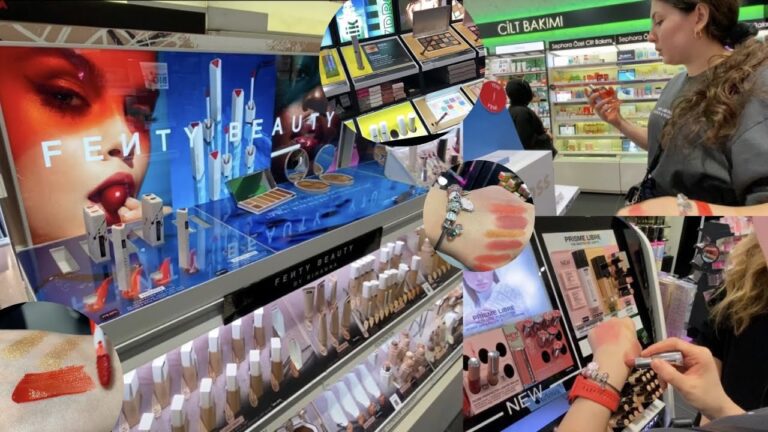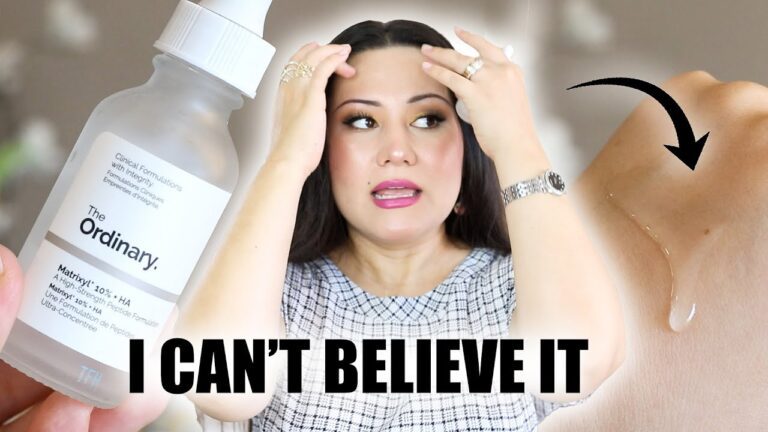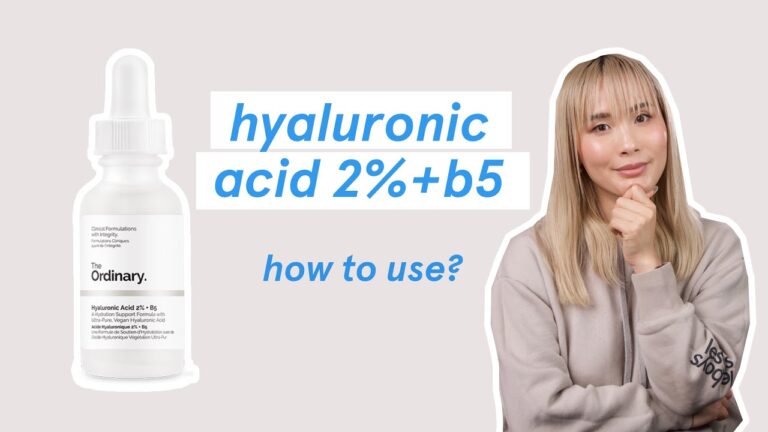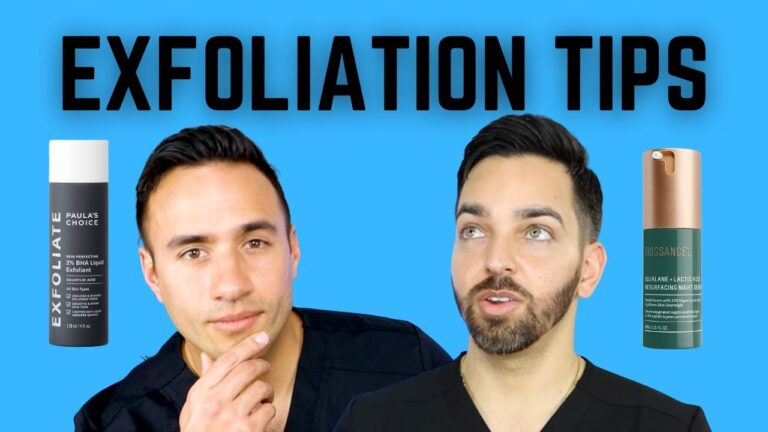Transform Your Skin with Effective Skin Resurfacing Treatment Techniques
If you’re looking to rejuvenate your skin, then a skin resurfacing treatment might be the solution you’re after. This effective treatment offers a range of benefits, including reducing the appearance of fine lines, wrinkles, and scars, and improving overall skin texture and tone. In this article, we’ll explore the ins and outs of skin resurfacing treatments, including the different options available and what to expect.
What is Skin Resurfacing Treatment?
Skin resurfacing is a non-surgical cosmetic procedure that involves the removal of the top layers of skin to create a smoother and more youthful appearance. The treatment can be performed using a variety of methods, including lasers, chemical peels, and dermabrasion. By removing the outer layers of skin, skin resurfacing helps to promote new skin cell growth, which can help to reduce the appearance of fine lines, wrinkles, and scars.
Types of Skin Resurfacing Treatments
There are several types of skin resurfacing treatments, each of which offers different benefits depending on your skin type and specific needs. Some of the most common types of skin resurfacing treatments include:
- Laser Resurfacing: Laser resurfacing uses targeted lasers to remove the outer layers of skin. The treatment can be used to reduce the appearance of wrinkles, scars, and acne scars, and can also help to improve skin texture and tone.
- Chemical Peels: Chemical peels involve the application of a special solution to the skin, which helps to remove the top layers of skin. The treatment is particularly effective at reducing the appearance of fine lines, wrinkles, and age spots.
- Dermabrasion: Dermabrasion uses a special device to remove the outer layers of skin. The treatment can be used to reduce the appearance of scars, wrinkles, and age spots, and can also help to improve overall skin texture and tone.
What to Expect During and After Skin Resurfacing Treatment
The specifics of your skin resurfacing treatment will depend on the exact method you’re using. However, in most cases, the treatment will involve the application of a topical anesthetic to numb the area before treatment begins. During the treatment, you may feel a slight stinging or burning sensation, but this should subside after the treatment is complete.
After your skin resurfacing treatment, you may experience redness, swelling, or peeling of the skin. However, this is normal and should subside within a few days. You’ll also need to take extra care to protect your skin from the sun and other environmental irritants in the days following your treatment.
Conclusion
Skin resurfacing treatments offer a range of benefits for those looking to improve the appearance of their skin. Whether you’re looking to reduce the appearance of fine lines and wrinkles or improve your overall skin texture and tone, there’s a skin resurfacing treatment that’s right for you. However, it’s important to work with a qualified professional to ensure that you receive the best results possible.
Contents
Most searched products:
Does Sephora Support Israel? Answering Your Questions
How Long Does Glycolic Acid Take to Show Results: Your Ultimate Guide
Discover the Benefits of The Ordinary Botox for Your Skin
The Ultimate Guide to Azealic Acid: Benefits, Uses, and Side Effects
The Perfect Order: When to Use Retinol and Niacinamide in Your Skincare Routine
The Ultimate Reviews of The Ordinary Peeling Solution
The Ultimate Guide to The Ordinary Colours Foundation: Reviews, Swatches, and Tips
Your Essential Guide to The Ordinary SPF 50: Benefits, Ingredients, and Reviews
Find Your Perfect Skin Mate: Tips and Tricks for Flawless Skin
Unlock Smooth and Supple Skin: Discover the Best Skincare Products for Skin Suppleness












